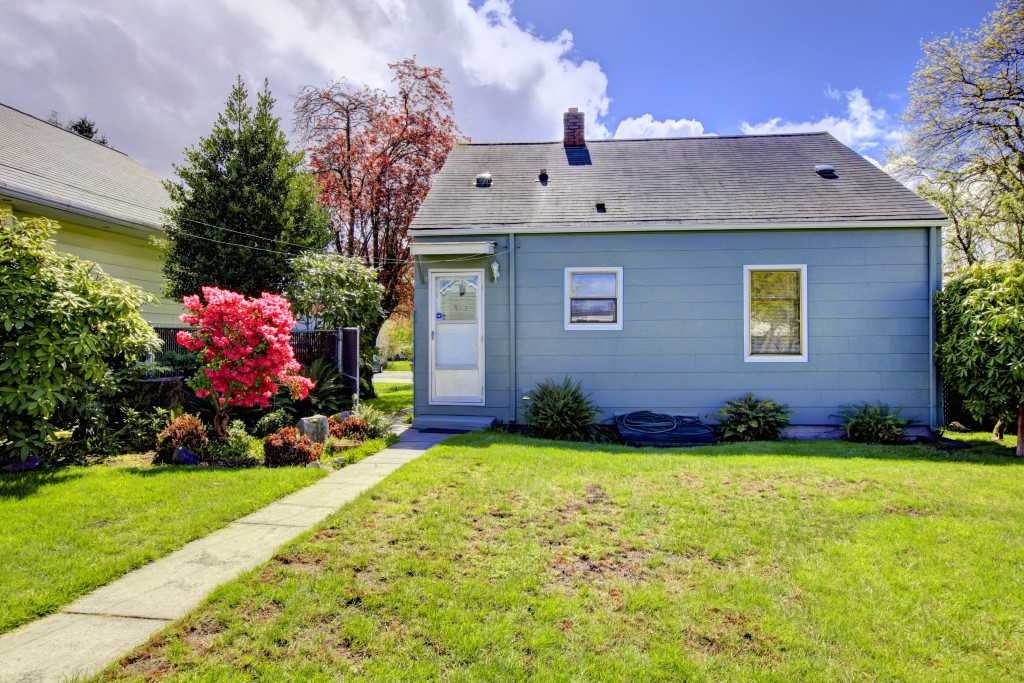Disclaimer: This website provides health information for educational purposes only and is not a substitute for professional medical advice, diagnosis, or treatment. Always seek the guidance of a qualified healthcare provider with any questions you may have.
 Building new or renovating old granny flats for investment is no news. Particularly in Western Australia, many homeowners are turning their otherwise barren backyard into a fertile ground for generating rental income. While the revenue potential is undeniable, investing without doing the homework is the usual problem.
Building new or renovating old granny flats for investment is no news. Particularly in Western Australia, many homeowners are turning their otherwise barren backyard into a fertile ground for generating rental income. While the revenue potential is undeniable, investing without doing the homework is the usual problem.
When done right, a rental granny flat can drive profits three times than other similar properties in your area. How to do it?
Here are some useful hacks:
Know the Market & the Competition
It should go without saying, but not everyone pays market research enough time and attention. Much like in any venture, knowing the demand and the size of the competition in your location would dictate your occupancy rate and rental cost.
You can measure the competition in many ways. Driving around the suburbs to see which granny flats are for rent, what they look like and how much they charge for rent. Another way is to surf listing sites for any rental granny flats.
In addition, you can speak with local real estate agents to get a low down about your market’s supply and demand, and get a better idea how you should price your rent.
Put a Premium on Design
Minimising your expenses is one way to achieve ROI, but cost-cutting should never compromise the style of your secondary dwelling. Even if tenants want to keep their expenses low as well, they want to get what they pay for.
Between properties that offer similar functions, industry experts from Grandesigns WA says most tenants would choose those with more impressive-looking granny flat designs in Perth without minding the difference in rent.
Get the Word Out
No matter how good your granny flat may be, it’s no use if nobody knows about it. More than just putting it on the market, you should make every effort to set it apart from the rest of the competition and highlight its benefits.
Before you spend money on your rental granny flat, you must have a clear idea of your target market and know that they exist. If you think prospective tenants would just flock to you after the unit’s ready for occupation, your investment might not pay as many dividends as you think without covering all the bases.




